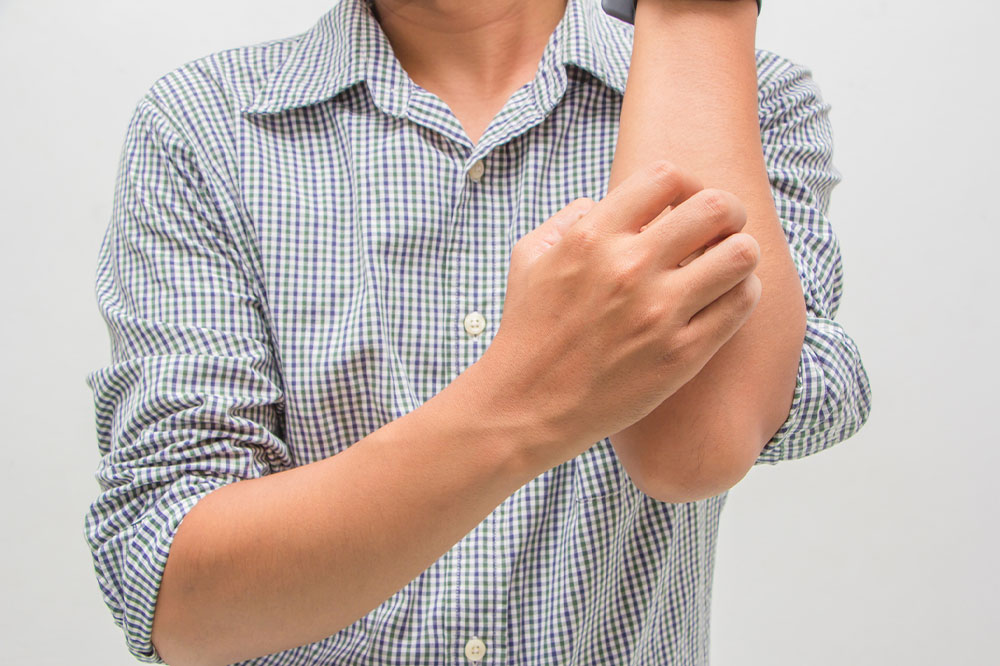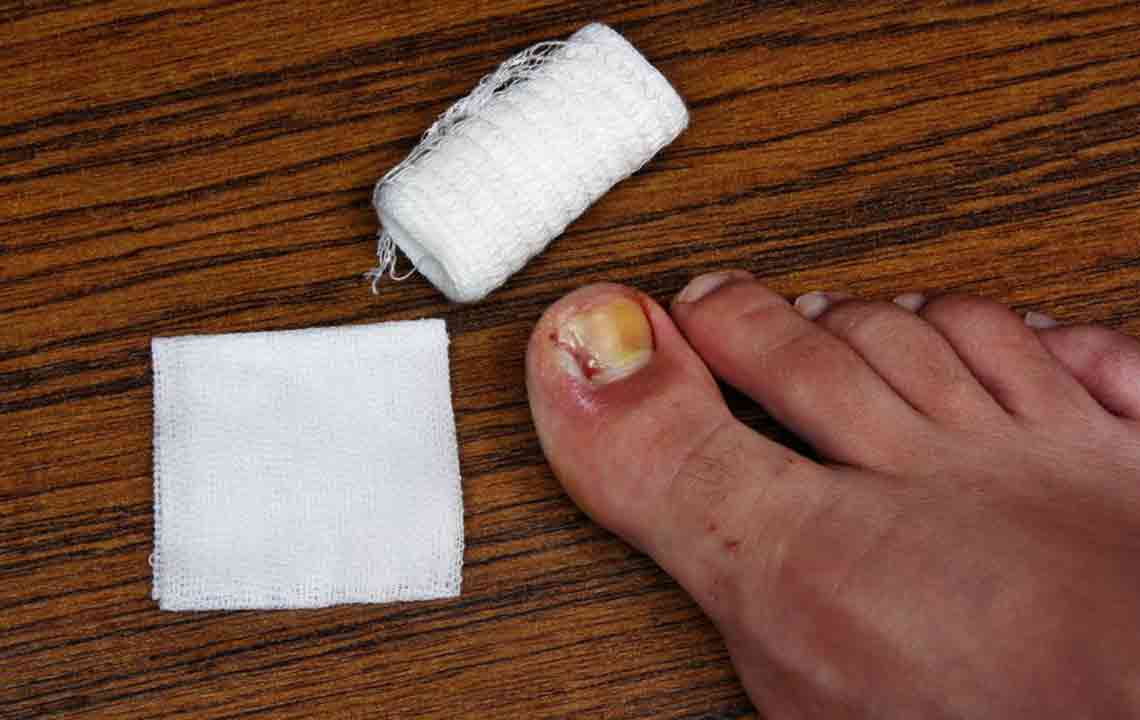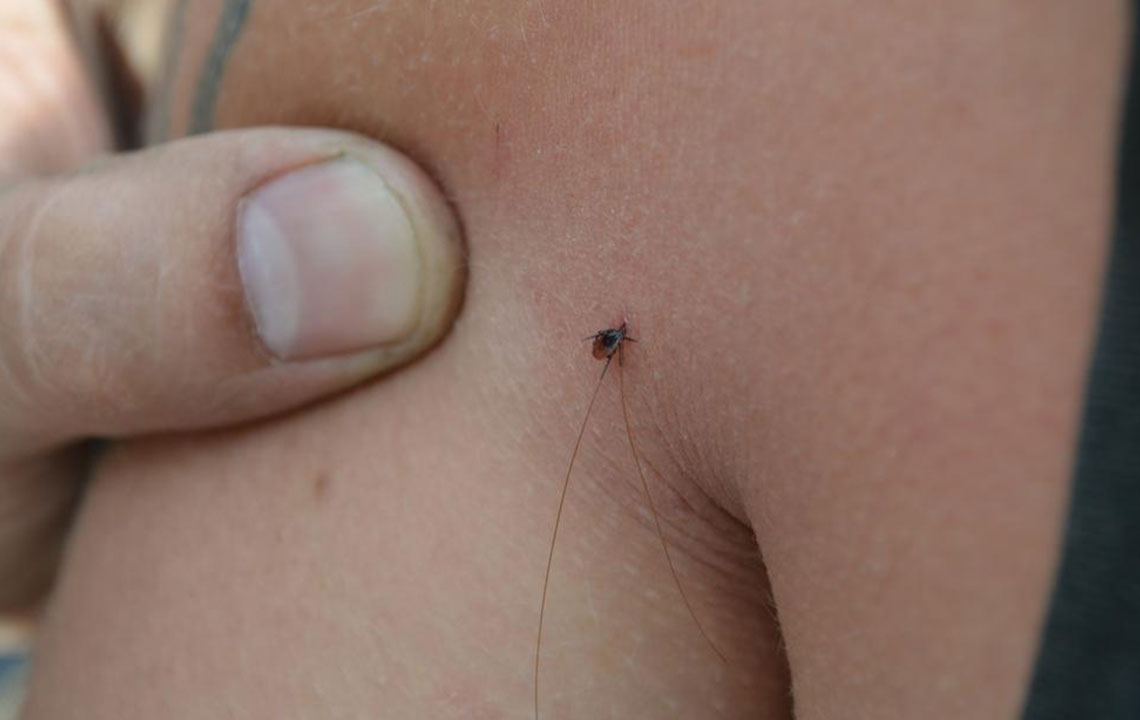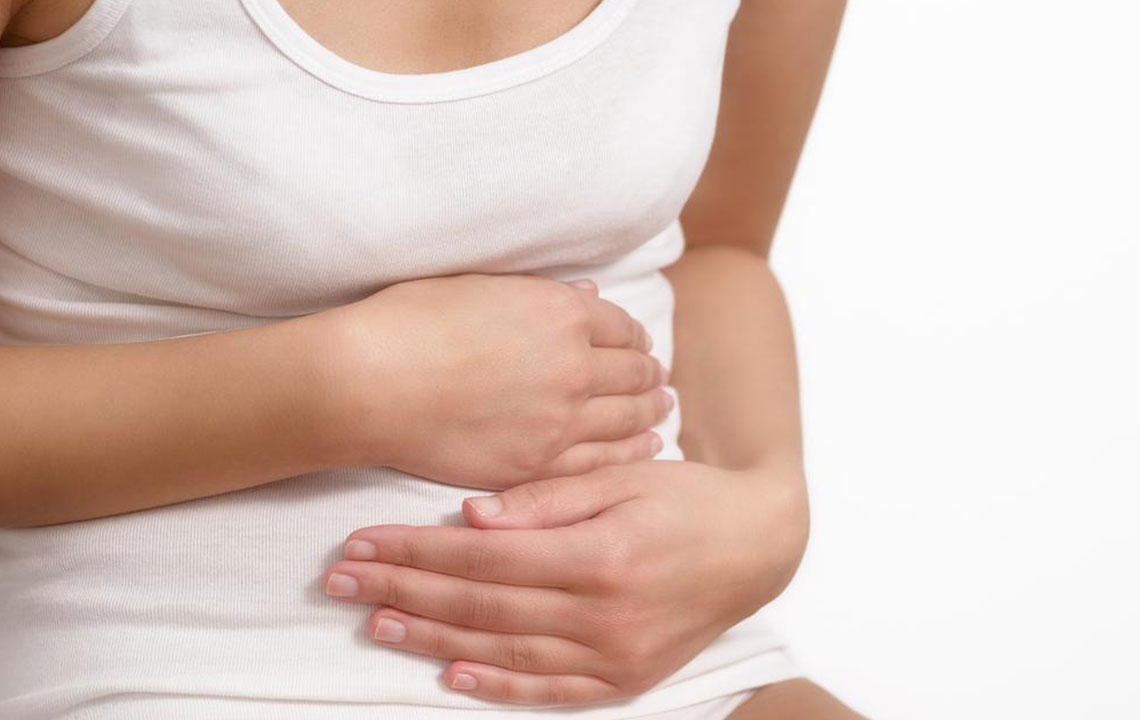Complete Guide to Female Jock Itch: Causes, Diagnosis, and Effective Treatments
This comprehensive guide explores female jock itch, a common fungal skin infection affecting women’s groin and inner thighs. It covers causes, symptoms, diagnosis, treatments, including topical and oral options, and home remedies. Emphasizing hygiene practices and lifestyle modifications, this article aims to help women effectively manage and prevent jock itch, ensuring quick recovery and reducing recurrence risks. Proper medical consultation is recommended for proper diagnosis and tailored treatment plans, making it a valuable resource for women experiencing discomfort in moist skin areas.
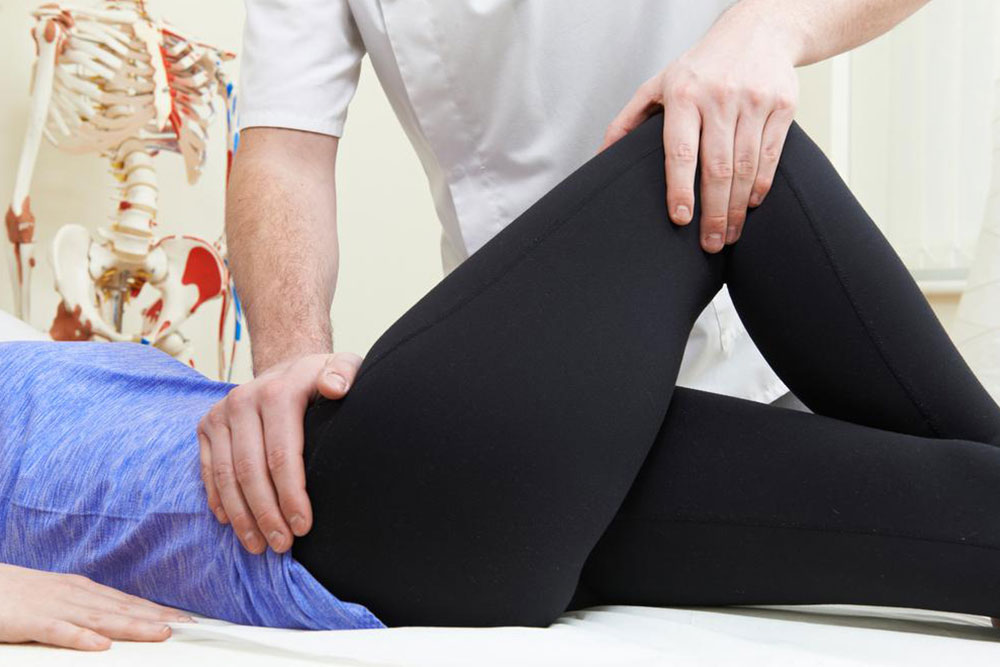
Comprehensive Understanding and Management of Female Jock Itch
Female jock itch, medically known as tinea cruris, is a common fungal infection that affects women’s groin region, inner thighs, and surrounding areas. It is particularly prevalent in hot, humid climates where moisture tends to accumulate on the skin. This condition results from dermatophyte fungi thriving in warm, moist environments, leading to uncomfortable skin irritation, itching, and redness. Unless treated promptly, it can persist or worsen, impacting daily life and personal hygiene.
Understanding the Causes of Female Jock Itch
The primary cause of female jock itch is the proliferation of dermatophyte fungi, which feed on keratin found in the skin. Several factors contribute to the development and severity of this condition:
Excessive sweating: Hot weather, physical activity, or overexertion can lead to increased perspiration, creating a moist environment conducive to fungal growth.
Obesity: Excess body weight can cause skin folds and chafing, trapping moisture and fungi close to the skin.
Tight clothing: Wearing tight, non-breathable fabrics can restrict air circulation, encouraging moisture buildup and fungal colonization.
Infrequent changing of clothes or underwear: Prolonged exposure to sweat-soaked clothing allows fungi to thrive and spread.
Sharing personal items: Using shared towels, clothes, or bedding increases the risk of cross-contamination from infected individuals.
Other factors such as compromised immune function, humidity levels, and skin trauma can also predispose women to develop jock itch.
Recognizing Symptoms of Female Jock Itch
Early identification of symptoms is crucial for effective management. Women should look out for:
Red, itchy patches in the groin, inner thighs, and sometimes buttocks
Scaly or flaky skin in affected areas
Possibly raised borders around the rash with clearer centers
Discomfort or burning sensation, especially during physical activity or when sweating
In some cases, small pustules or blisters may develop, and the rash may ooz or become crusted if secondary bacterial infections occur
If untreated, the infection may spread or persist, leading to more discomfort and secondary complications.
Diagnosing Female Jock Itch
A healthcare professional conducts a thorough assessment based on physical examination and medical history. Accurate diagnosis is essential because similar skin conditions such as eczema, psoriasis, or intertrigo can mimic jock itch.
Visual examination of the affected area, noting the characteristic ring-shaped or irregular patches
Review of recent activities, clothing habits, and any prior skin issues
Laboratory tests, such as skin scrapings examined under microscopy or fungal cultures, may be performed to confirm dermatophyte infection
This comprehensive diagnostic approach ensures appropriate treatment and reduces the risk of recurrence.
Effective Treatment Options for Female Jock Itch
Once diagnosed, depending on severity, treatment strategies may vary. The goal is to eradicate the fungal infection, relieve symptoms, and prevent recurrence. Typical treatment methods include:
Over-the-counter antifungal creams: Miconazole, clotrimazole, and oxiconazole are commonly recommended for mild cases. Proper application—covering the entire affected area and extending slightly beyond the borders—is key for effectiveness. Creams are preferred over sprays because they provide better coverage and absorption.
Prescription-strength topical treatments: For persistent or severe cases, healthcare providers may prescribe stronger antifungal ointments or powders.
Oral antifungal medications: In cases where topical treatments fail or infection is extensive, drugs like terbinafine or fluconazole may be prescribed. These require careful monitoring by a healthcare professional to avoid side effects.
Complete treatment adherence: It’s crucial to finish the complete course of treatment, even if symptoms improve early, to prevent recurrence and fungal resistance.
Secondary bacterial infections: If the rash develops oozing, crusting, or signs of secondary bacterial infection, antibiotics prescribed by a doctor are necessary.
In addition to pharmacological treatment, lifestyle modifications can facilitate recovery and prevent future episodes.
Hygienic practices: Keep the groin area clean and dry by washing daily and thoroughly drying after sweating or bathing.
Clothing: Wear loose-fitting, breathable fabrics such as cotton, and avoid tight or synthetic clothes that trap moisture.
Personal hygiene: Change underwear regularly, especially after sweating, and avoid sharing personal items.
Powders: Use antifungal or moisture-absorbing powders to reduce sweating and friction.
Home Remedies and Preventive Measures
While medical treatment is essential, some home remedies may help ease symptoms and create an inhospitable environment for fungi:
Apple Cider Vinegar: Its antifungal and antibacterial properties make it an effective topical remedy. Mix two tablespoons of apple cider vinegar with warm water, soak a cloth or cotton ball, and gently clean the affected area. Allow to dry thoroughly.
White Vinegar: Similar to apple cider vinegar, dilute with water and apply with a cloth or sponge. It can help control fungal growth and reduce inflammation.
Use of Listerine: Known for its antiseptic properties, Listerine can be diluted and applied to the area to help manage symptoms and inhibit fungal proliferation.
Maintaining hygiene: Regular washing and thorough drying of the affected area are foundational to prevention and management.
Prevention is always better than cure. Maintaining good personal hygiene, wearing breathable clothing, and managing excess moisture are key steps to avoid the recurrence of female jock itch.

